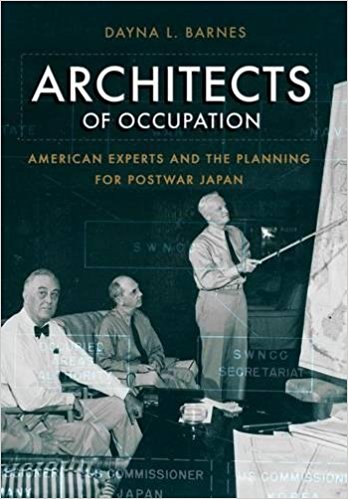 Author: Dayna L. Barnes
Author: Dayna L. Barnes
Publisher: Cornell University Press – 225 pages
Book Review by: Sonu Chandiram
Several events in the 1900s in Asia played significant roles leading to the outbreak of World War II on December 8,1941, with the attack by Japan on Pearl Harbor:
- The Chinese Revolution which began in 1911, overthrowing the last Chinese monarchy – the Qing Dynasty – and the establishment later, of the Republic of China.
- The capture by Japan in 1914 of German colonial territories.
- Japan, as a member of the victorious Allies during World War I, got control of several Pacific island chains that were part of the German colonial empire, including the Marshall Islands, the Marianas, and the Carolines.
- The foundation of the Communist Party of China in 1921, which enabled it to gain control of the people.
- The enactment of the 1922 Washington Naval Treaty, in which Japan was allowed to use only two-thirds of its naval fleet compared to full use by France, Italy, the United Kingdom, and the United States.
- The death in 1924 of Vladimir Ilyich Lenin, accession to power in Russia by Joseph Stalin, and first congress of Kuomintang under Sun Yat-Sen in China that same year.
- Open conflict in 1927 between Russia’s CCP and China’s Kuomintang, later demonstrating the military weakness of China in the Manchurian Railway confrontation.
With this background of events found on Wikipedia that we provide above, one is able to better understand the causes of the Second World War in which around 60 million people were killed, representing about three percent of the 2.3 billion people living in 1940.
The victors in wars typically take control of the losers and their land. In this instance, the United States occupied Japan after World War II, but that occupation had a great outcome for both countries.. This book is about what happened during those years. We provide you below the titles of chapters of this book as an overview of what you will find in it:
Acknowledgments
Timeline
Introduction: Behind the Curtain
- Flip-Flopper with the Final Say: Roosevelt and Japan
- Elbow Patches and Orientalists: Bureaucratic Wrangling
- Unofficial Officials: Think Tanks and Policy
- Information and Ignorance: Media Coverage
- Sucker Nation and Santa Clause: Concerns of Congress
- Ready or Not: Harry S. Truman and the End of the War
Conclusion: The Best-Laid Plans of Mice and Men
Notes
Bibliography
Index
The Allied occupation of Japan led by Americans after World War II has been characterized widely in literature as a ‘good occupation’ because it was an effort to help the Japanese rebuild the country, and to help it prosper. But America benefitted as well.
The author writes: “An American-led coalition successfully turned a militaristic enemy into a stable and democratic ally.” While acknowledging that “the story was more complicated,” than that, she asserts that “the occupation did forge one of the most enduring relationships in the postwar world.”
And this is certainly true. For 75+ years since the end of that war, the relationship has been a peaceful and mutually productive one, with enormous economic benefit to the peoples of both countries. Bilateral trade exceeded $195 billion in 2016 , with imports from Japan amounting to over $132 billion, and exports surpassing $63 billion.
In this book, Dayna Barnes looks at the postwar relationship not only from a political perspective involving the leaders of the two countries, but also the roles played by bureaucrats, Congress, the media, and think tanks. In her work, she not only went through government records and reports, but also diaries, letters, manuscripts, and memoirs written by policymakers.
From her research, she states that essentially, between 1939 and 1945 “American policymakers decided to reorient rather than punish postwar Japan. The hoped to transition the current enemy into a ‘responsible’ actor through a short American-led military occupation. The political, religious, and even linguistic nature of an ancient and deeply patriotic nation would be changed. Imperial Japan’s colonial possessions would be liberated or redistributed.”
The basic purpose of the ‘occupation’ was benevolent in nature, as we gleaned from this paragraph by the author in her Introduction:
“At the core of wartime plans was the idea that for peace to last, the Japanese themselves would have to be convinced that cooperation was in their best interest. International trade, driven by open access to friendly markets instead of imperialism, would become the path to Japan’s future prosperity. American intervention was expected to remake Japan into a pacific economic power supportive of a postwar American power.”
This book is an important one relating to Japanese-American relations after the Second World War. It provides a lot of detailed historical information and insight on what happened in Japan just before, during, and in the years right after the end of that world conflict. We highly recommend it.
Author:
Dayna L. Barnes is Lecturer in Modern History at City University of London.







